Painting is one art that has received global acclaim in the way artists have been able to use it to express the deepest of feelings and insights touching on almost every area of human experience. It is among the oldest capacities to be discovered and invented by man. In this paper, selected great works of painting art are discussed.
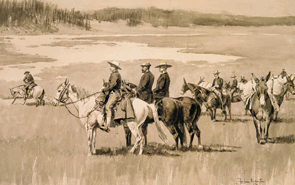
Cowboys in the Savannah by Frederic Remington illustrates the use of elaborate skills of painting in the field of art and design. It is a clear show of a Savannah land with men wearing cowboy boots and hats, indicating the early times of civilization where horses were used as a form of moving people around. In the eye of painting artists, this piece of work is a great show of professional prowess since having such a detailed background with small figures of persons on horsebacks can only be easily done by drawing and not painting. There is, however, no symbolism that was intended by the artist, thus making the art simple and precise in its clarity (Pohl, 2002).
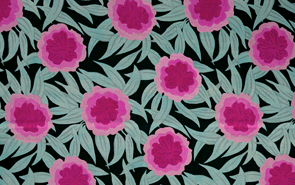
The French Art Deco by Théodore Géricault has been recognized following the several works of art that were portrayed during the “International Exhibition of Modern and Industrial Decorative Arts” hat was held in France. This art Deco was worked on by the French intermediary of artworks and design, which is a well-recognized body and shows the ease with which the artists were able to bring the aesthetic value in a work that has only been thought to give leisure. There is no observable symbolism that can be seen in the painting on the first look (Oliver, 2007).
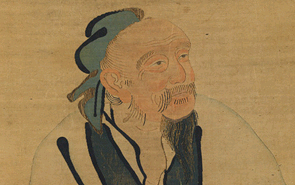
Longevity in Chinese artworks by Sandro Botticelli is a product of the Chinese art work designers demonstrating how durable their art works are. The idea of longevity has earned a lot of credit to art works coming from china, following that many customers of the works of art need decorative paintings that can last for long. The visual arts reflected long-term portray of its content, and this became the main theme in terms of the creation of art works, especially the painting art works like the one above. The Chinese artists applied these skills of producing long-lasting art paints to garments that were exported worldwide (Pohl, 2002).
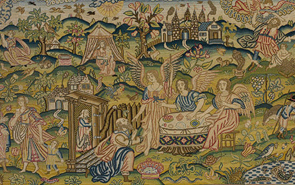
Embroidery of the Late Tudor and Stuart Eras by Vincent van Gogh et al demonstrates great skills of painting and use of proper techniques and painting materials. The photos taken had similar magnifications and looking art this work art, there is great demonstration of skills of art especially the painting part. The background, the middle ground and the fore ground are well set and the overview inclusive of the eye perspective views was well focused and the crumbled detail is symbolic of the buzzing business that was in existence in the artist’s family society of the time (Adams, 2007).
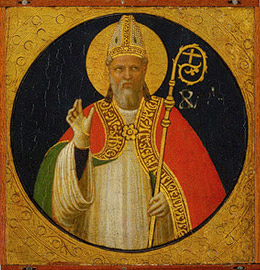
Saint Alexander by Moses G. Lucy is an image of Saint Alexander that was painted to appear in bold view. There is proper use of medium and dimensions giving a well set art work. Looking at the painting, the color scheme has been properly manipulated to suit the color codes need to come up with a true representative image of Saint Alexander. The only symbolism and imagery that can be seen in the art is the religious inferences from the papal-like cassock and the mace (Pohl, 2002).
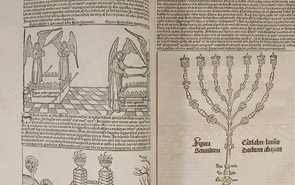
Angelic Beings and the Throne by Hagia Sophia is one of the examples Jewish art works of the Middle Ages where the community of the Jews painted several work arts which contributed a lot to the existence of art and design, science as well as other practices like commerce. It is a piece of art that carries a lot of culture in it since through these paintings they made it possible for inter-community interactions by exchange of this art works for their survival. The use of angelic beings is symbolic of the Jewish deep devotion to religious piety (Oliver, 2007).
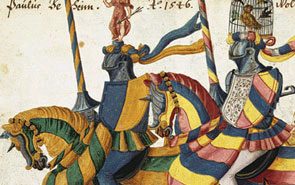
Horse Armor by Michael Craig-Martin is a painting showing horse Armor in the European region. The painting has been designed to look exactly like a sculpture from a distance view which is not an easy thing to do. It is symbolic of the knights of the royalty from the way it painted and further has indications of warriors prepared for war. In so doing, the artist shows great expertise since it is not easy to create such great pieces of art from painting; it is rather easier for sculptors that it is for painters and moulders (Gardner, 2009).
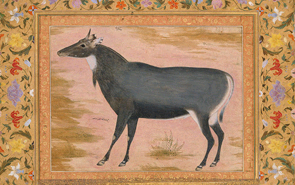
The Shah Jahan Album by Edgar Degas is a well designed art work which has been well painted in consideration of the visual perspectives. The dimensions and the measurements have been well considered and the color schemes of the painting were well coded to truly represent this image. This art work comes from the Metropolitan album of art works. The album is a collection of art works from several calligraphy folios. It does not have any form of symbolism that can be attributed to the way this piece of art has been created (Adams, 2007).
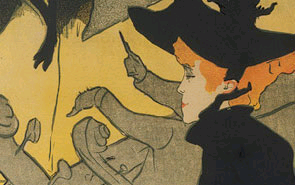
Illusion by Henri de Toulouse-Lautrec demonstrates good painting skills accompanied by good combination of color schemes to bring out the real art design. This lithographic work made the artist a celebrity and was hired on several occasions in making artworks for advertisement. It is an illusion from which it can be seen that there are different hands and legs with a man wearing a hat that when closely looked at does not reveal a man wearing a hat (Oliver, 2007). It is great effort since it is not easy to create illusions with painting.
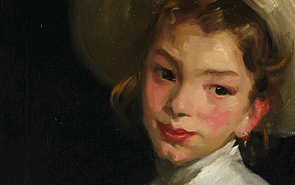
The Ashcan school by Robert Henri is a manifestation of a fine piece of art work by a fine artist student from the University of Pennsylvania where he studied how to make painted fine art works. There is good organization in the art work in terms of good use of space and selection of color schemes. This piece of art is a showcase of 19th century American art and there is no overt sense of symbolism that can be associated with this picture (Honour, 1999).
References
Adams, L. (2007). Art timeline. Boston: McGraw-Hill.
Gardner, H. (2009). Gardner’s Art through the Ages: A Global History. Australia: Thomson/Wadsworth.
Honour, H. (1999). The Visual Arts. New York: American press.
Oliver, G. (2007). Media Art Histories. Cambridge/Mass: MIT-Press.
Pohl, K. (2002). Framing America: A Social History of American Art. New York, NY: Thames & Hudson.